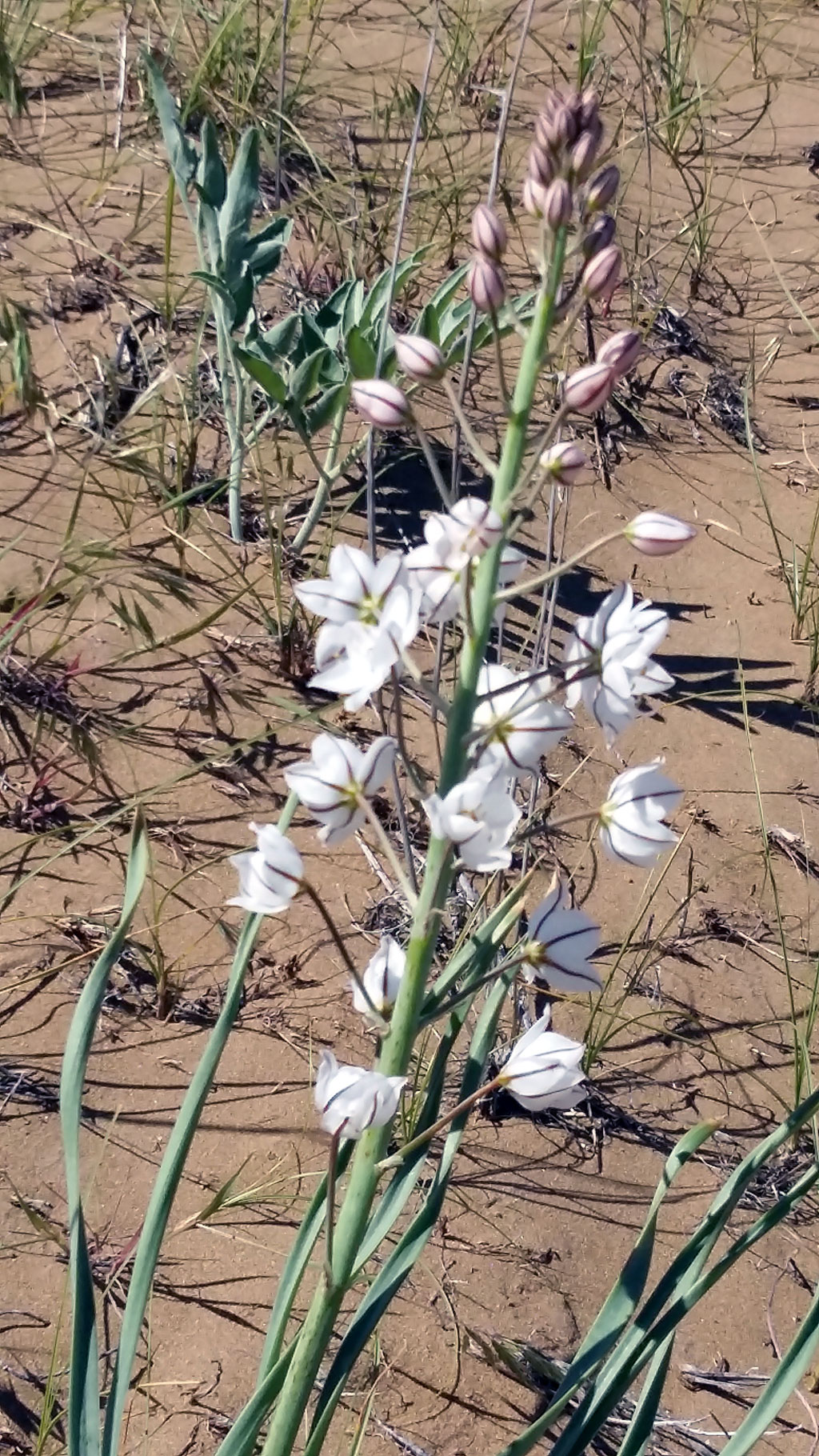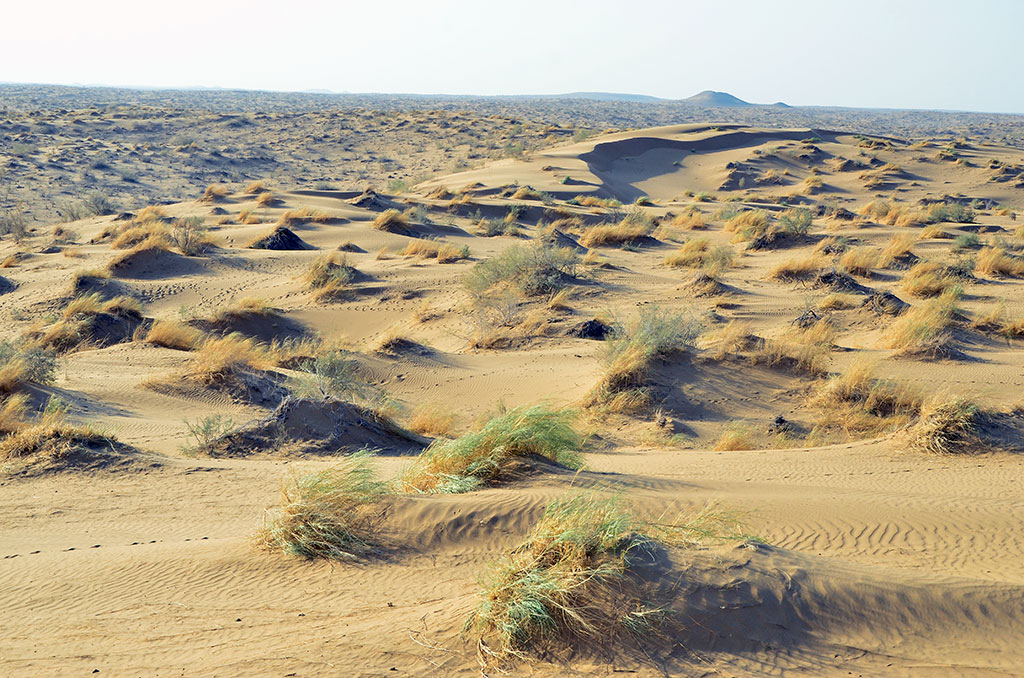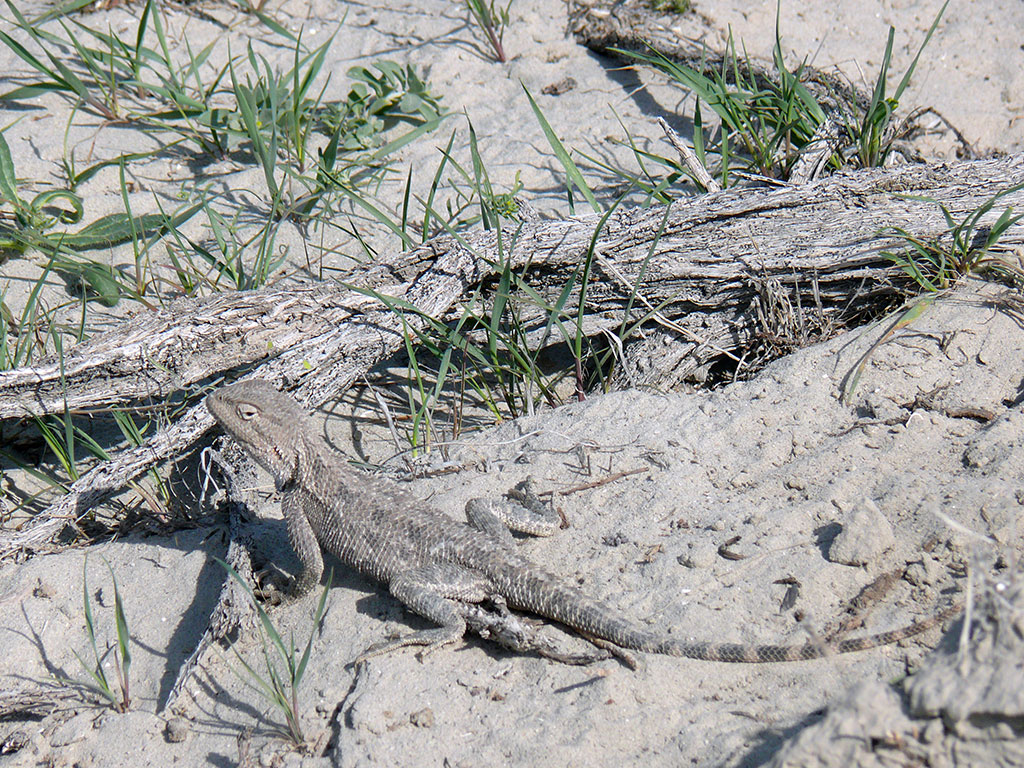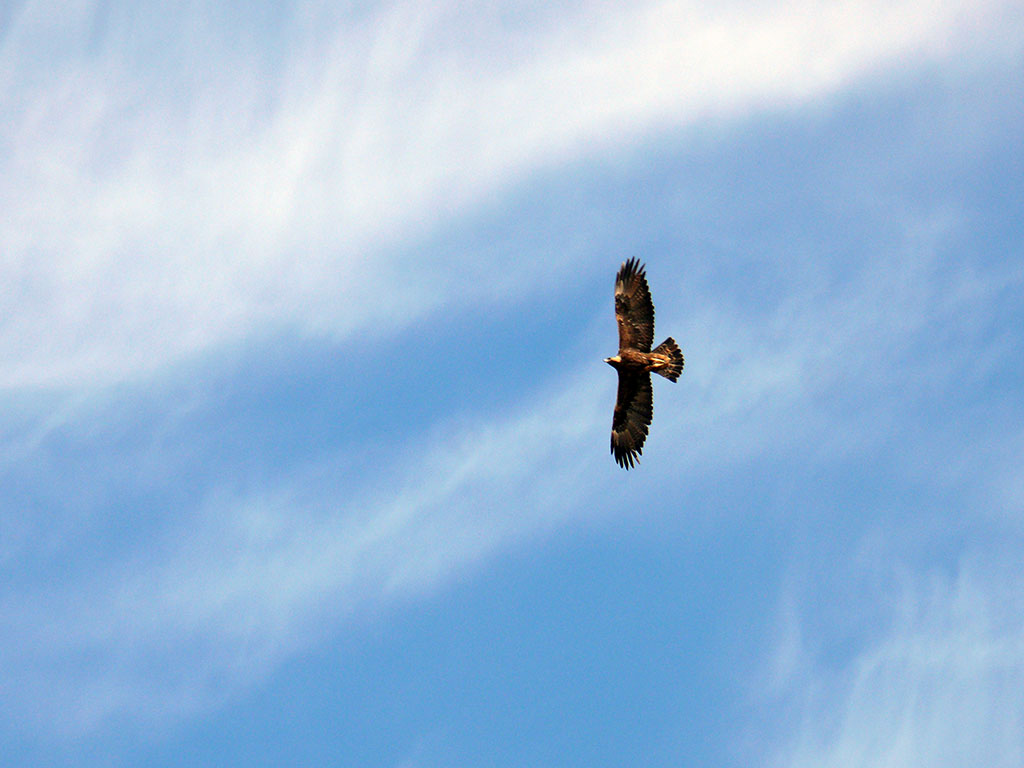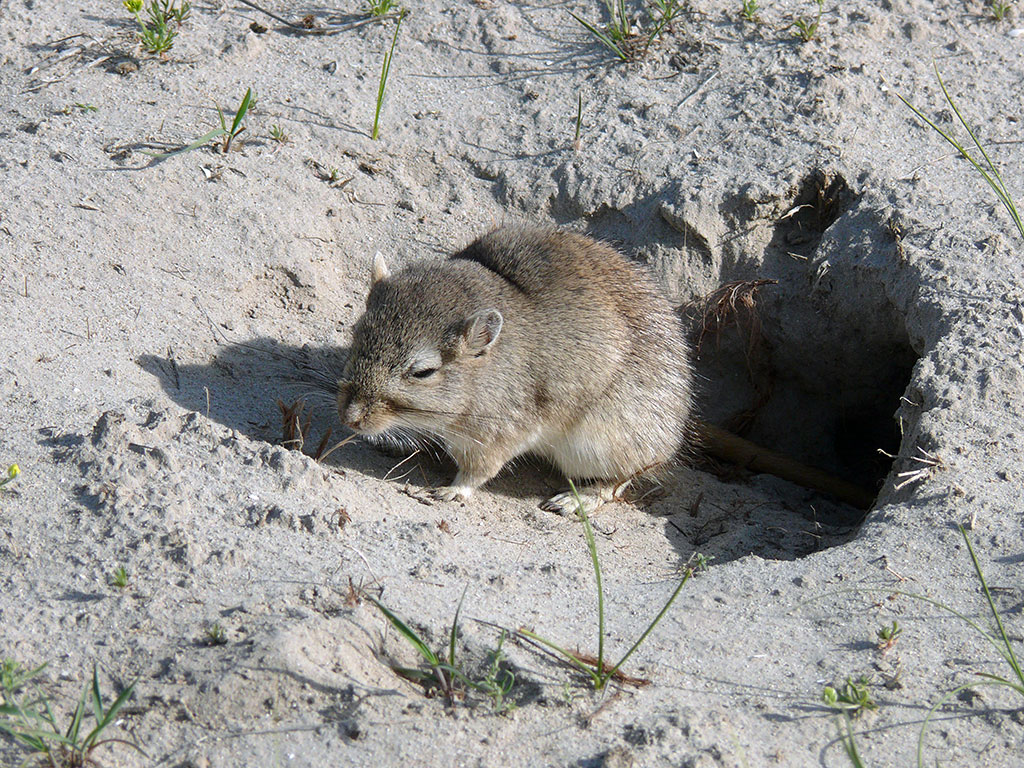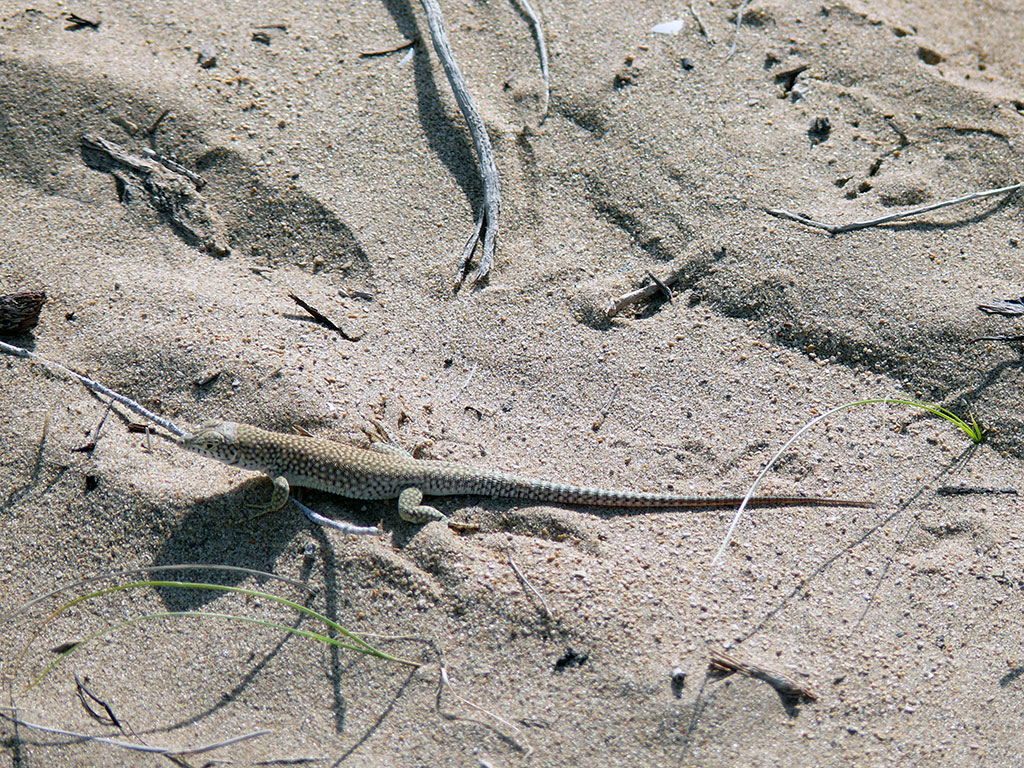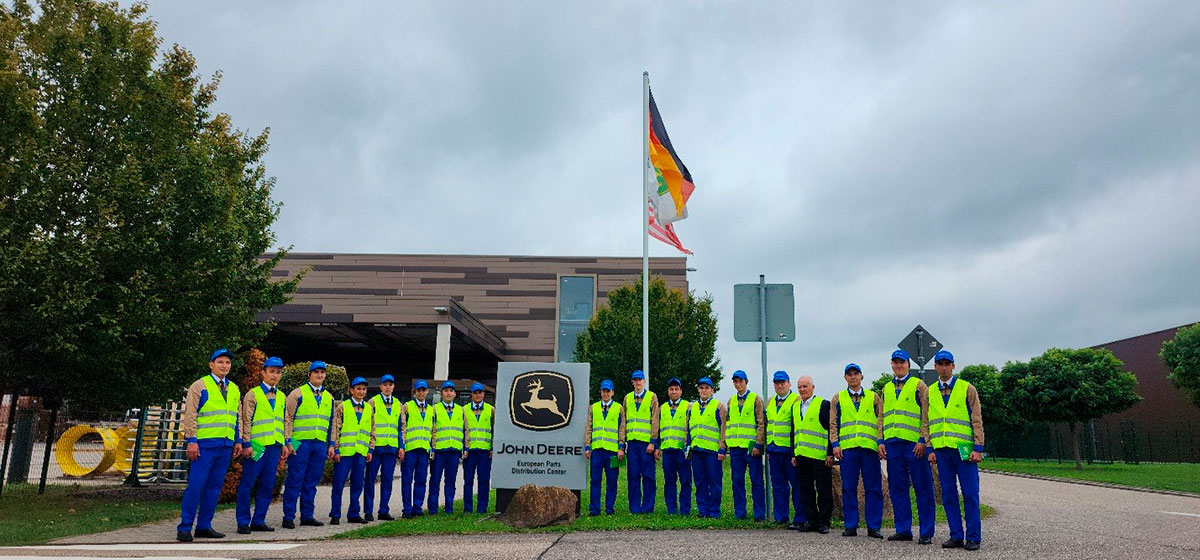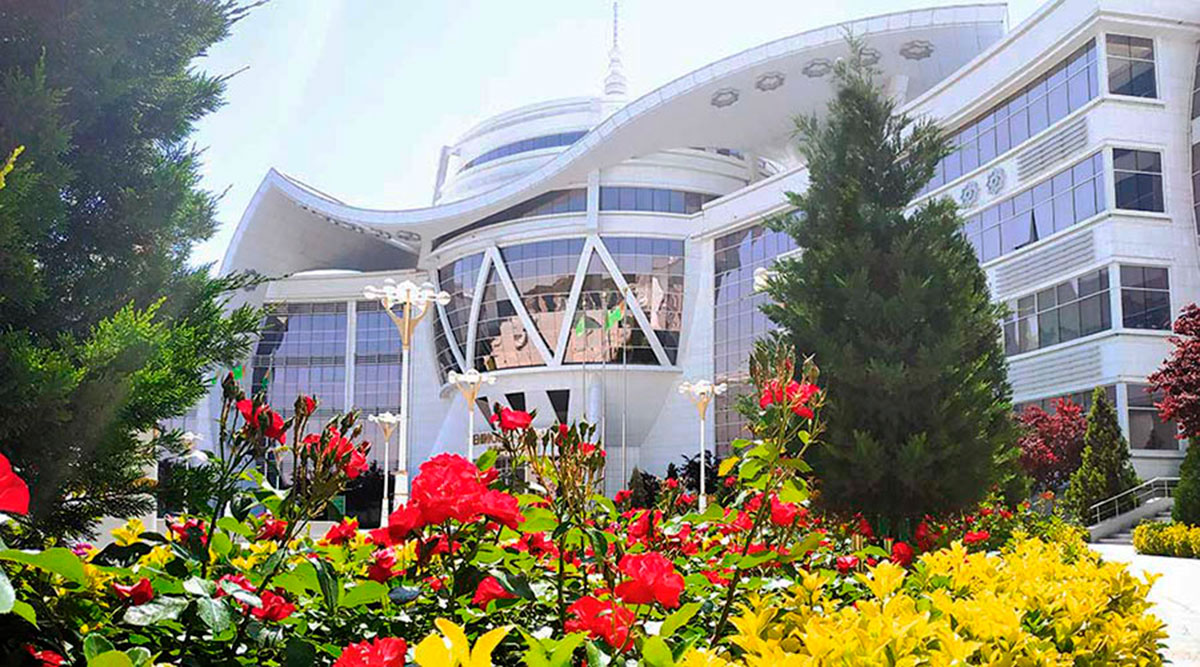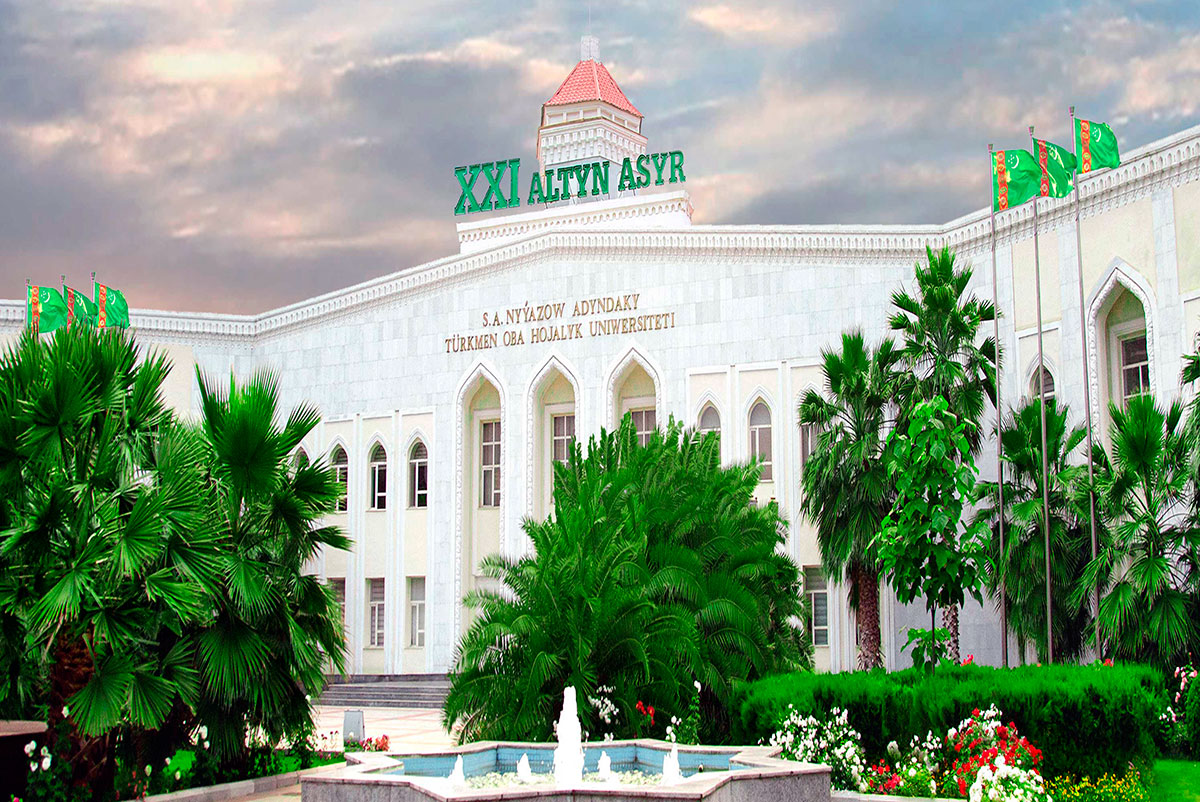The new nature reserve has become the ninth state natural reserve of the country, the first created in the years of independence. Its total area together with the Minara reserve is 85.5 thousand hectares. One site is located 240 km from Ashkhabad on the territory of the Dervezinsky and Tedzhensky etraps of the Akhal region, and the second is 60 km to the east, in the “kingdom” of depressions, ridges, sands and salt marshes of Unguz. These territories are connected by the reserve, which is a four-meter strip. Together they form a large conservation complex. The main activity of the reserve is to preserve the biodiversity of desert ecosystems, including distant pastures, conduct scientific research on restoration, rational use of natural resources, expanding international relations in solving environmental problems, and developing the scientific foundations of conservation in the area of the “Altyn Asyr” collector system of the Turkmen lake.
Since then, an inventory of the species of the plant and animal world has been conducted, the study of the peculiarities of the salt and clay areas of the Unguz depressions and the history of the formation of the modern landscape of this part of the Karakum desert in general. The territory of the reserve throughout the geological history has undergone a retreat of the ancient Tethys sea, and then was exposed to wind, flowing waters and tectonic displacements of underground layers. The water here is salty, located at a depth of 20 m, there are single freshwater wells. Despite the severity of the local climate, these open spaces are home to many unique representatives of flora and fauna. Here you can find 200 species of higher plants, including Conolly sand acacia - a beautiful tree with silver leaves and purple inflorescences, giving the desert a special flavor, black saxaul - promising for creating pasture protection plantations, as well as various types of kandyma, annual and perennial herbs that important for fixing sands and improving pasture conditions. A rich bouquet of medicinal plants of these places, the properties of many of them have yet to be studied by pharmacologists. In the multivolume encyclopedia “Medicinal plants of Turkmenistan” more than 50 species are found that grow directly within the reserve and its preserve.
Herpertofauna is most clearly represented. Overgrown and semi-overgrown sands are preferred by geckos, round heads, foot and mouth disease, sand boa and round head of Shammakov. For clay and gravelly areas of the desert, an arrow-snake and Central Asian efa are characteristic. The kurgannik, eagle owl, little owl, saxaul jay, and desert raven are settled here. From the migrant-nesting - gray lark, desert shrike, muttering, warbler, heater dancer. Among the local sand dunes, the eared hedgehog, the sandstone hare, the fine-fingered ground squirrel, and sometimes the fox often glimpse. In the list of Red Book dwellers there are honey badger and caracal, vulnerable ones are double-crested beetles, Saker Falcon, beauty bustard, desert sparrow, Blanford's jerboa and gazelle, and rare ones - Pavlovsky's grasshopper, giant ground beetle antia, serpent eagle, and sand cat.




